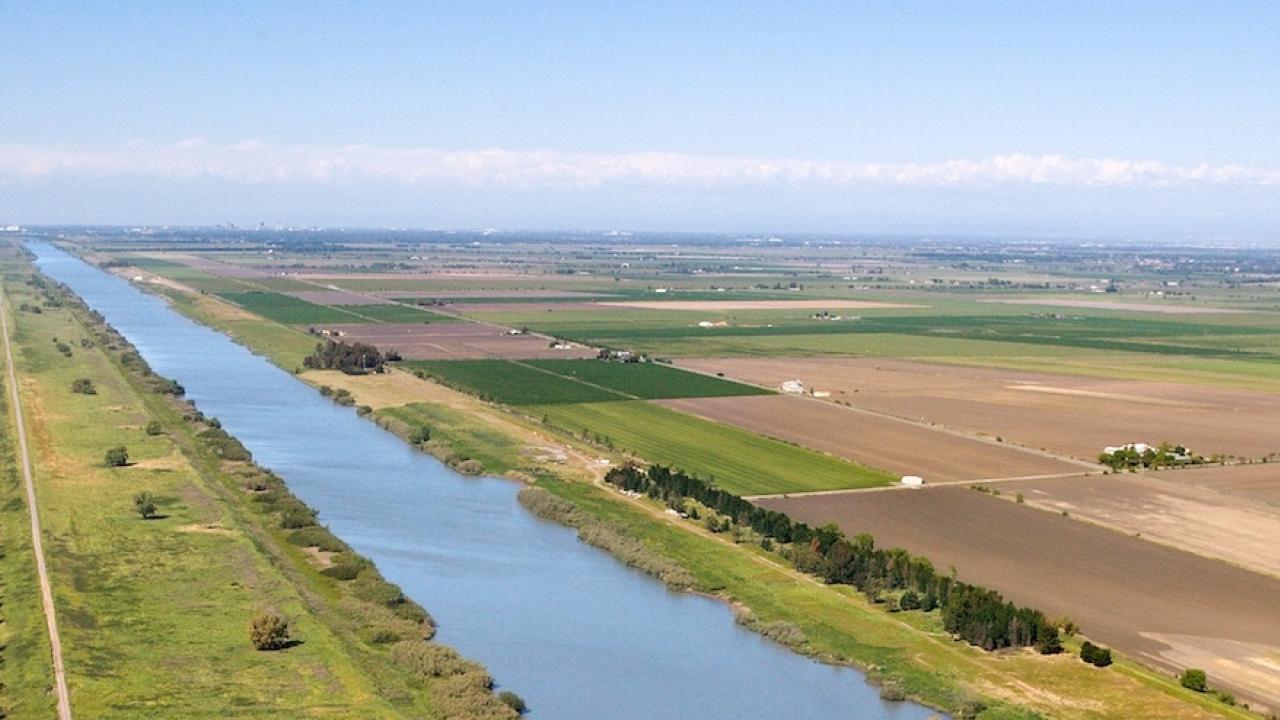Planning and Sustainability is a multidisciplinary program that focuses on two of our most precious resources – the environment and the people who live and work in it. The program—the largest of its kind in the western United States—takes a holistic approach to understanding the diverse planning and land use challenges of California’s communities. From policy and analysis to design and implementation, our program meets the continuing education needs of planners, attorneys, resource managers, government officials, developers and others involved in land use planning and the management of environmental resources.
Planning and Sustainability
Browse by Subject Area
Certificates and Programs
Courses Open for Enrollment
Geographic Information Systems
Water Resources
| Course Title | Online | Start Date | Enroll |
|---|---|---|---|
| Overview of California Water Law and Policy | Enroll Now | ||
| Water Quality Regulation and Permitting | Enroll Now |
California Environmental Quality Act
Land Use and Natural Resources
Conflict Resolution
| Course Title | Online | Start Date | Enroll |
|---|---|---|---|
| 40-Hour Mediation | Enroll Now | ||
| Fundamental Conflict Resolution Skills | Enroll Now | ||
| 40-Hour Mediation | Enroll Now | ||
| Introduction to Conflict Resolution | Enroll Now |








